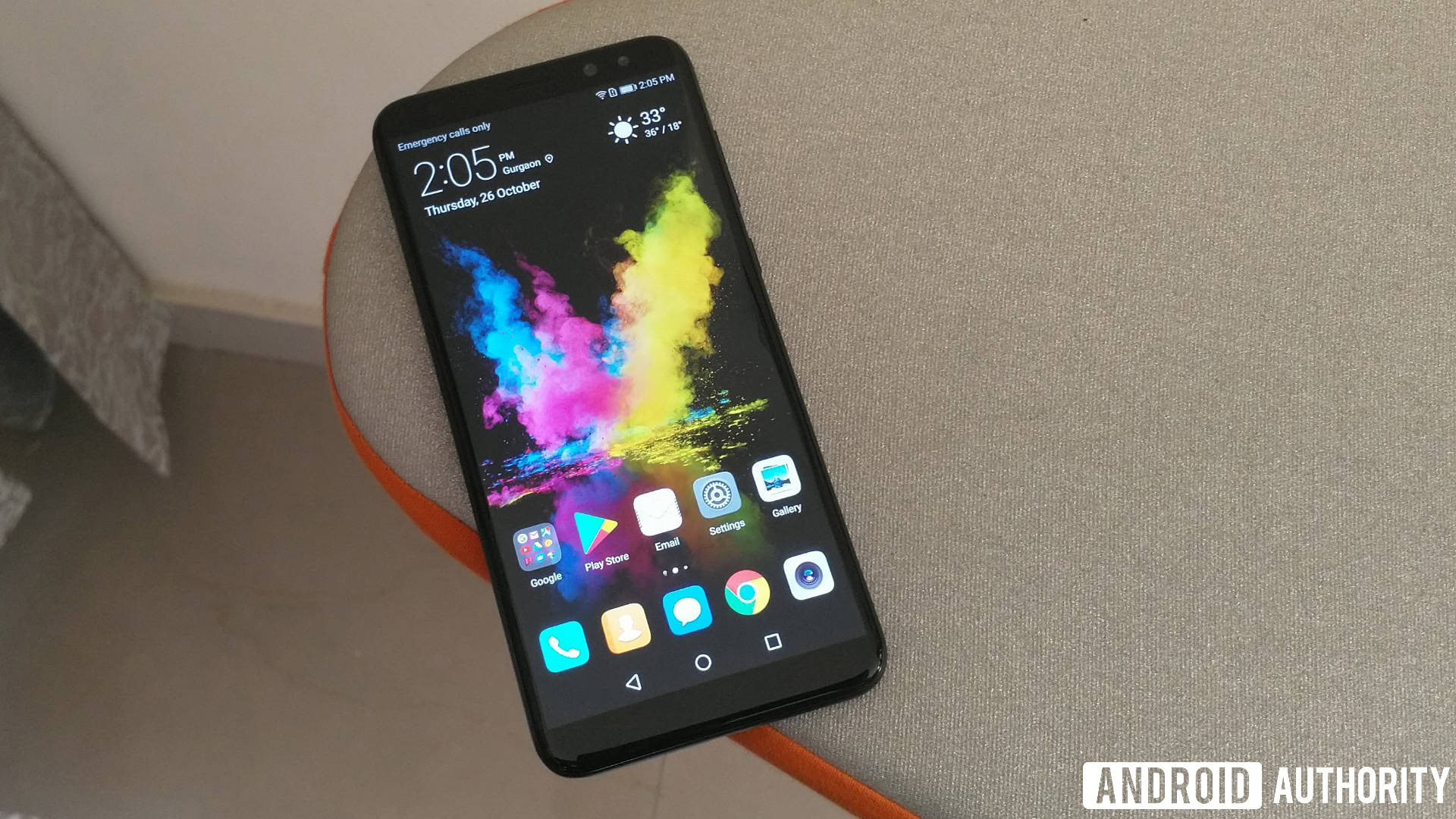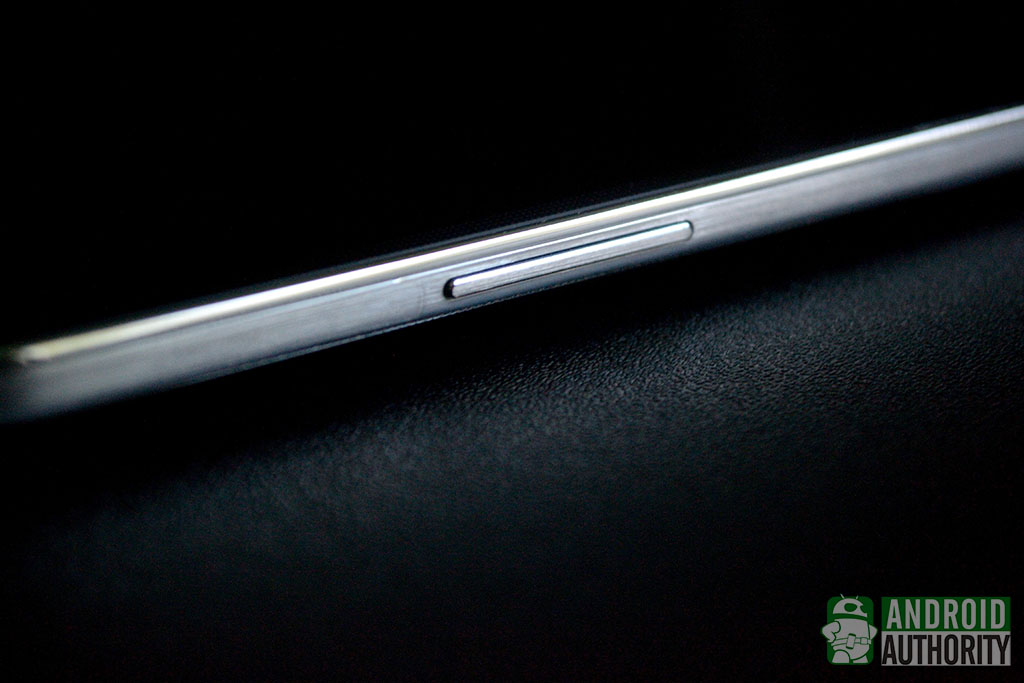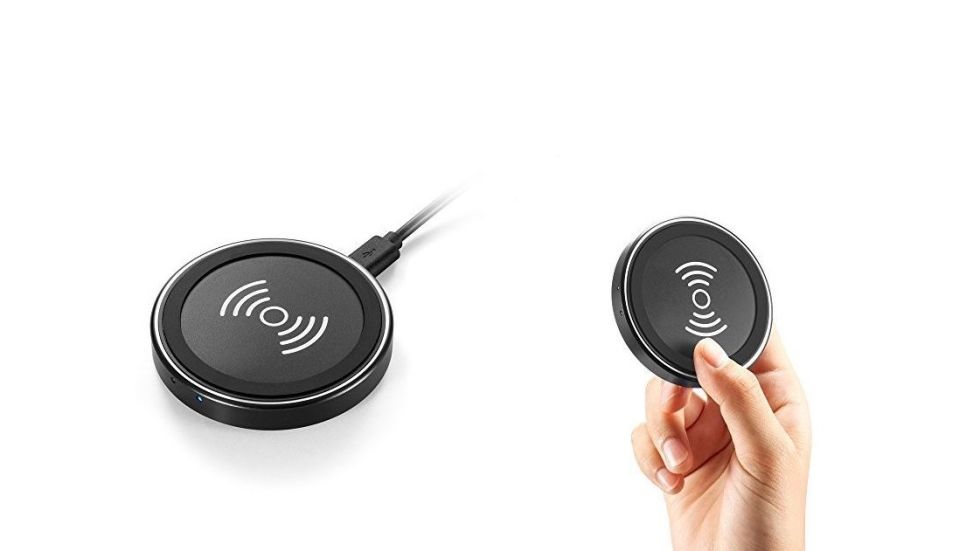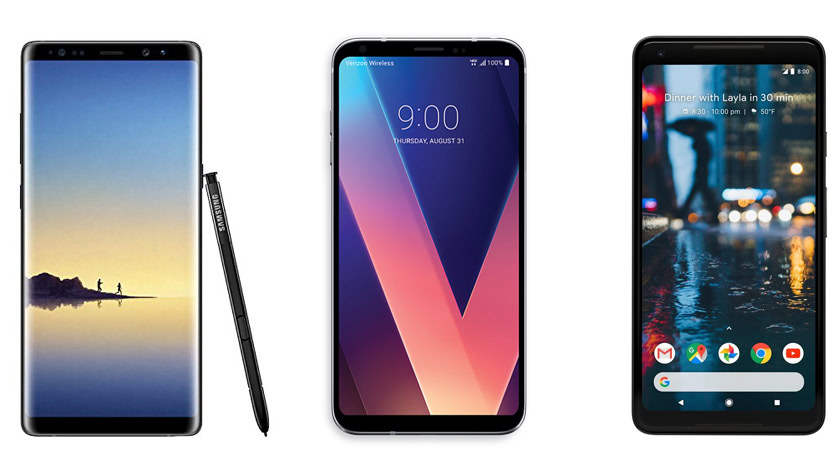Affiliate links on Android Authority may earn us a commission. Learn more.
What would it take to make a portless phone, and should we?
Published onNovember 17, 2017

Most of the technology that we would need to make a truly porless phone exists today. There are some areas where we might need to gently massage the rules, but we’ll cross that bridge when we come to it. First let’s take a look at the ports we need to eliminate and go from there. Looking at my phone right now, I have a headphone jack, SIM/microSD tray, volume buttons, a power button, an extra button, speakers, and a charging port. All of these items represent a break in the chassis where water might leak through.
Start from the top

Let’s start with the easy ones. The volume buttons do not need to be there. Software can accommodate volume controls. Each individual app that uses sound can have a volume control, or you can put it into the system tray. You could also use capacitive keys for volume control. While we’re at it, you could use a capacitive key for all buttons including power as well. Buttons aren’t the problem.
The headphone jack has been covered a lot, so let’s just get it out of the way. You don’t need a headphone jack on a phone. You should have one, but that’s a different editorial. I’m not an audiophile. My interests in this topic are more geared around practical concerns. Bluetooth accessories will be necessary. It sucks, but it’s not a complete loss.
There are a couple of advancements in Bluetooth audio to consider – Sony’s LDAC and Qualcomm’s aptx HD. If you haven’t already read about these two codecs, you should. We have written up very detailed analyses of both of these concepts, linked above. The gist of it is that wireless audio, while still not perfect in terms of quality, is getting better and better. Android O will include both codecs in its core OS, which is a great step forward, and incidentally brings us closer to portless possibilities.
Redux it

A Bluetooth headset also solves the speaker problem – mostly. But there’s also a company based in the UK called Redux which is working on tech that turns your phone screen into a speaker. Sounds neat, right? It certainly has potential. The way the technology works is through the use of actuators that deliver haptic feedback through the screen. The same technology can be used to turn a phone screen into a loudspeaker. These screen speakers feature a wide range of frequencies. In theory, sound wouldn’t be compromized that much. To be honest, most phone speakers suck already, so Redux has a pretty low bar.
One thing that Redux doesn’t solve is the lack of a microphone. To be honest, this editorial falls apart around that microphone port. After all, you need to be able to talk on your phone, right? Not to people, of course— don’t be silly. You talk to your assistant. Bluetooth, or some other tech would be necessary to get rid of the microphone port.
Wiggle room

Wireless charging has been around for just short of a decade, so we don’t need to worry about that charging port. However, charging ports are used for data as well, and data transfer is a sticking point. It’s possible a magnetic cable, not unlike what came with the HP Veer might be a data/charging cable. But let’s pretend I didn’t mention that mistake. There are wireless data transfer solutions available today, including cloud-based file storage. That’s what I use for pretty much everything.
Alternatively, a protocol like wireless USB (made famous by the recent Essential phone) could work. Wireless USB offers data transfer that aren’t as fast as wired data transfer. The Essential phone’s wireless USB connection is capable of 6Gbps. There would have to be a compromise here, but a small one. With more and more of the world migrating to the cloud, it might just be a matter of time before we’re there though.
ESIMs are an evolving tech that might help give us a portless phone one day. They’re basically a subscriber identity module that has been directly integrated into a phone’s processor or modem. This type of tech is improving every day and eSIMs can take different accounts from different carriers if need be. There are several advantages – no more fumbling with tiny plastic cards and no need to even visit a carrier store.
The MicroSD tray could be solved by a removable back on the phone. I would argue that a removable back is not a port, but it is a technicality, granted. Realistically, you don’t need expandable storage, so the back of the phone could stay firmly in place. Again, that’s probably another editorial.
But why?

What would be the benefit of a portless phone? The obvious answer is water and dust proofing. That’s fine, except we have waterproof phones now with ports, so why is there a need to have no ports? Aesthetics are a reason. An unblemished phone would be a sight to behold. Imagine the lines on it— smooth and unbroken. Maybe it’s a Samsung phone with an infinity display. That would be pretty. But is pretty enough?
It’s important to acknowledge that a portless phone would necessitate a pretty big lifestyle change for the average consumer. I’m not so sure it’s a lifestyle change they’d be willing to adopt. Some people use bluetooth headsets; some people use wireless charging. That doesn’t mean it’s for everyone.
In this case, Im not so sure that a portless phone is worth the major change to people. People who read this site might see a portless phone and enjoy the novelty. Hell, you might even see it as a challenge. I would certainly be willing to try it out, but you can bet I would have a backup in place.
What about you? Would you enjoy adopting a portless lifestyle? Would you rise to the challenge, or would you take a pass? Sound off below, and let me know what you think.